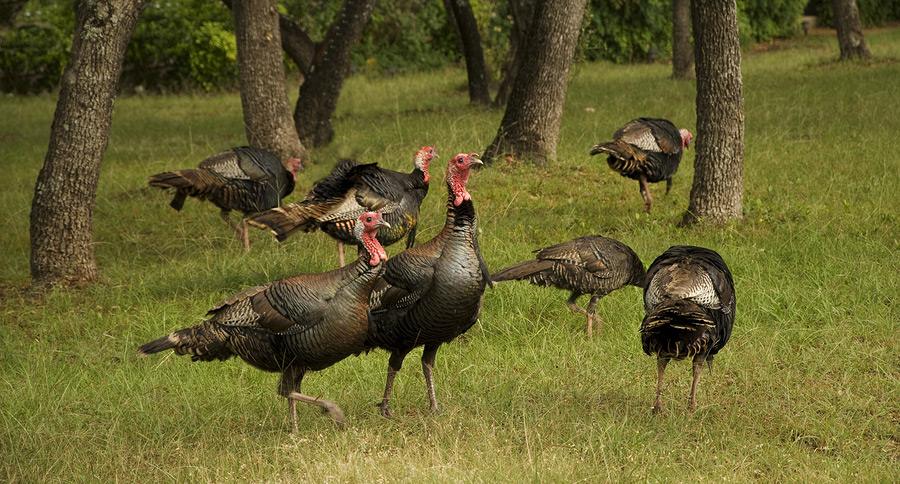CALL TURKEYS THE RIGHT WAY: 5 TIPS

As a callmaker I have spent a lot of time talking about how to call turkeys.
I have heard a lot of hunting stories about what works and what doesn’t, and seen a lot of different types of calls. With that being said, I want to take a few minutes to talk about some of the best decisions you can make to call in a turkey.

Practice
First and foremost you have to practice your turkey calling. Think of it like an instrument; you wouldn’t pick up a guitar and go play a concert without practicing, so why would you do it with a turkey call? The hunt is your concert; you need to practice and have each and every one of your calls down to perfection before you try them out on live turkeys.·
Variation
I know this might sound like something you expect to hear from a callmaker, but variation really is a key part of turkey hunting, especially if you only have a small area to hunt in.
Turkeys are very smart and they will get used to the sound of your calls. If you only have one call and use it over and over, the turkey will stop responding, and eventually run the other way when they hear you calling. Variation can be as simple as buying a few extra strikers for your pot call, different woods of strikers will make different tones. Or you can be like many hunters out there and carry two or three of every type of call possible into the woods.
While this can get cumbersome, it can also lead to great results if you know how to use all of the calls together.
Don’t Overcall
Hunters sometimes get the wrong impression about using turkey calls. You don’t have to call every 30 seconds. I think this comes from a lack of patience and from seeing hunting shows where it appears that is what they are doing, but you have to remember, they tend to edit out the boring parts.
I have a general rule of calling no more than every 15 minutes if I am not getting an answer. I have never once heard a hen just stand in the woods and yelp continuously, so why would that be what I imitate?
No Need to Yell
Sometimes you will need to use your calls as loud as possible. For example, if you are trying to locate, or if it is a windy day and you can see turkeys at a distance would both be good times to try to get full volume from your turkey calls.
But when you are actively calling a turkey and getting response, soften up. Remember, most of your calling is as a hen that is supposed to be enticing a gobbler to come towards her. Soft yelps, clucks, and purrs tend to get the job done a lot better than just yelping as loud as possible.
One of the calls that we sell the most of is what we call a Purr Pot. It is just like a regular slate pot call, just smaller and has a much softer sound. Everybody who tries it in the woods says that it does a great job of getting a gobbler to come the last 15 yards or so needed to get off a shot.
Know When to Stop
The last piece of advice I have is to know when to stop calling. If you have a gobbler coming across a field directly towards you, you don’t need to keep calling. Put down your calls and just wait.
The more you call, the more likely you are to mess up and send him running. If he stops or turns, then by all means call a little more, but if it is not necessary, don’t do it.

